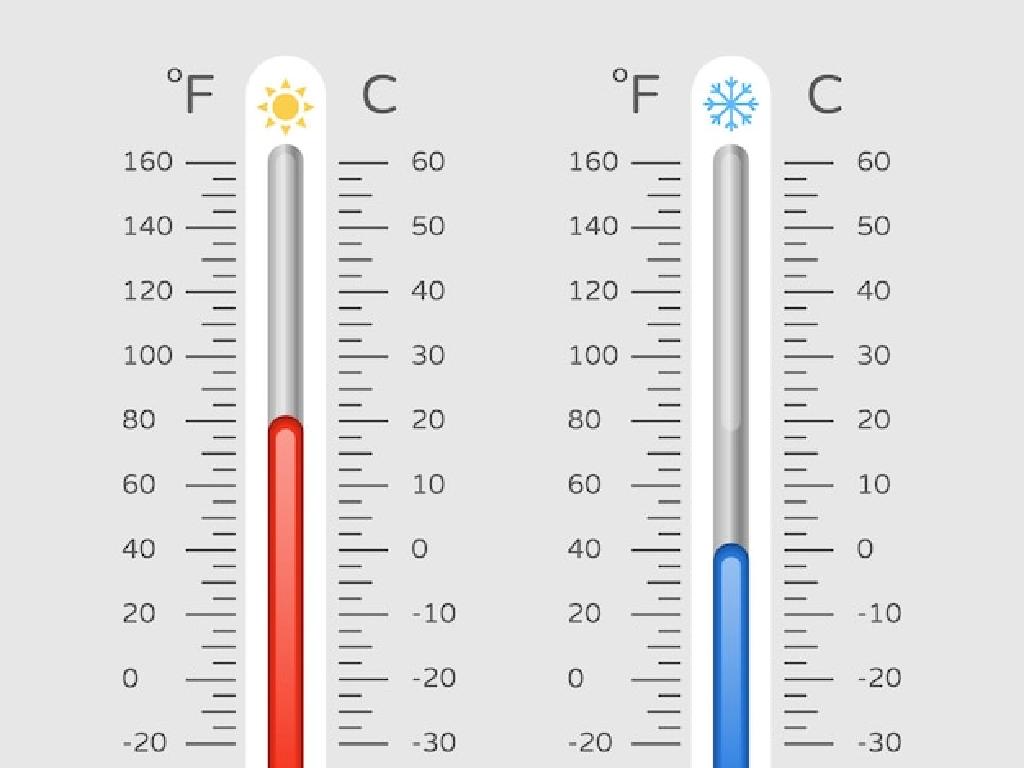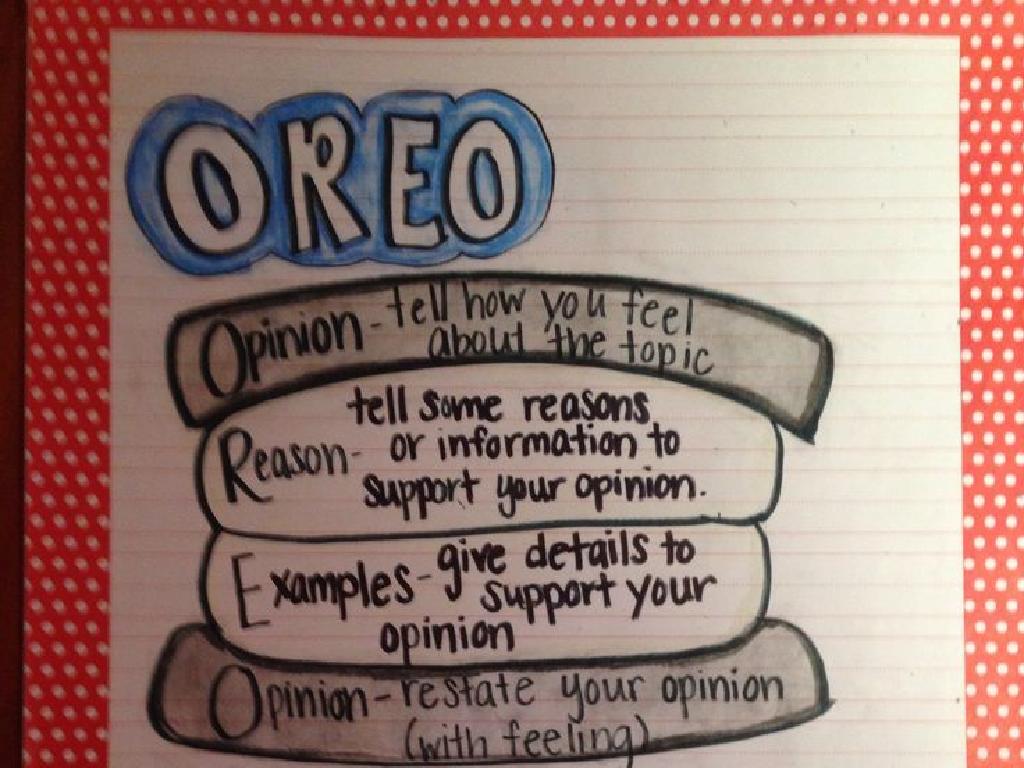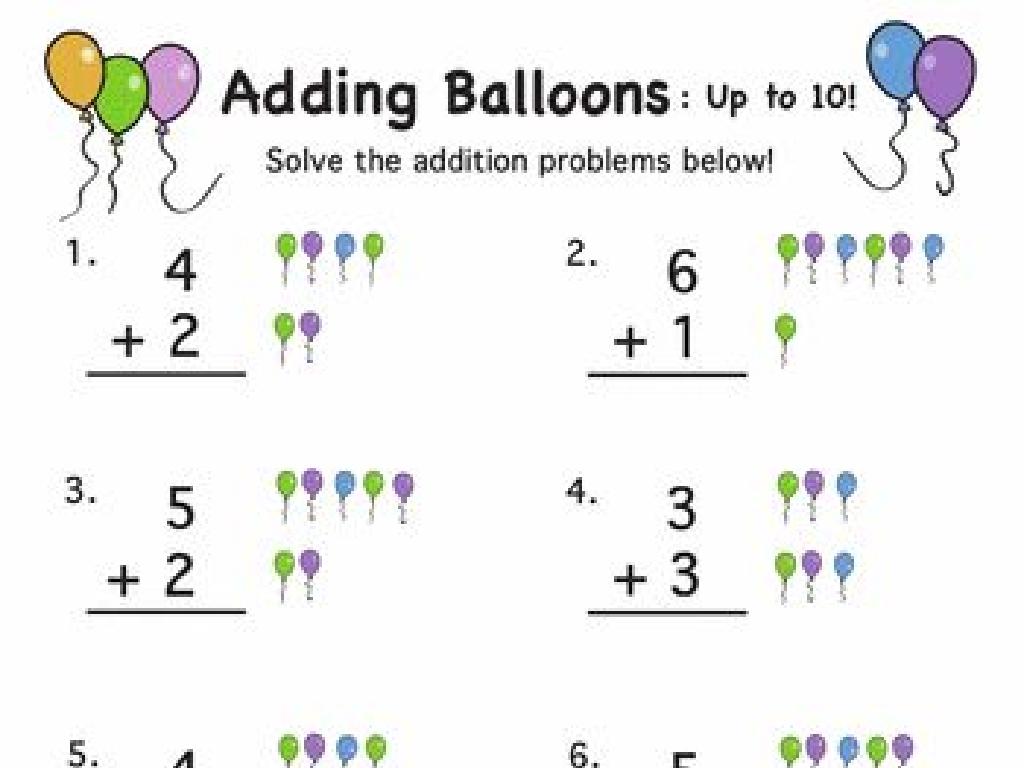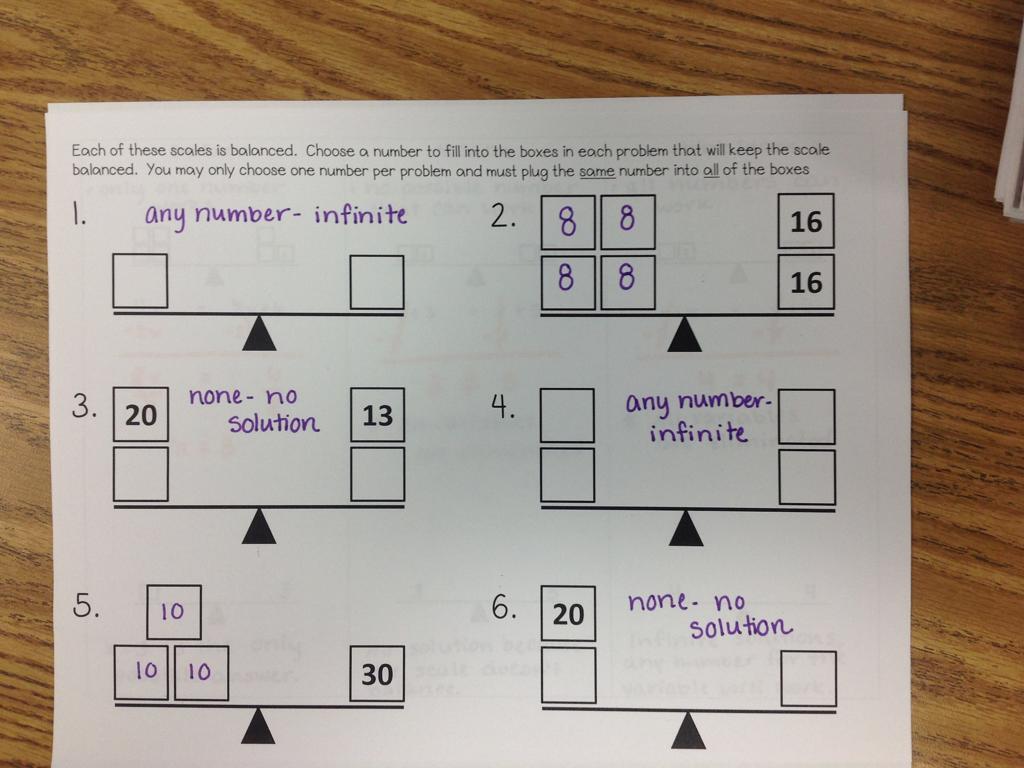American Political Ideologies And Beliefs
Subject: Arts and humanities
Grade: High school
Topic: Us Government And Civics
Please LOG IN to download the presentation. Access is available to registered users only.
View More Content
Introduction to American Political Ideologies
– Overview of US political landscape
– A diverse range of political views and parties
– Spectrum of political beliefs
– From conservatism to liberalism, and beyond
– Ideologies’ role in government
– Ideologies guide policy-making and governance
– Impact on society and policy
– Beliefs influence societal values and norms
|
This slide introduces students to the complex political landscape of the United States, highlighting the variety of ideologies that exist within the country. It’s crucial to discuss the spectrum of political beliefs, from conservative to liberal, and how these beliefs can further be divided into subcategories. Emphasize the significance of political ideologies in shaping the government’s approach to policy-making and governance. Additionally, illustrate how these ideologies impact society by influencing cultural values, social norms, and the overall direction of national policy. Encourage students to think critically about their own beliefs and how they align with larger political ideologies.
Defining Political Ideology
– Understanding political ideology
– A set of beliefs about politics and society that guides actions and policy preferences.
– Values and beliefs influence
– Personal values and societal beliefs shape individual ideologies.
– Examples: Conservatism, Liberalism
– Conservatism emphasizes tradition and stability, while Liberalism focuses on equality and reform.
– Ideology’s impact on politics
– Ideologies shape political decisions and public policies.
|
This slide introduces the concept of political ideology, which is crucial for students to understand as it underpins much of the political discourse and policy-making in the United States. Political ideologies are systems of beliefs that create frameworks for political action and the organization of society. They are influenced by the core values and beliefs that individuals and groups hold. Provide examples of major ideologies such as Conservatism, which values tradition and cautiousness towards change, and Liberalism, which values progress and equality. Discuss how these ideologies can affect viewpoints on government role, economic policies, and social issues. Encourage students to think critically about their own beliefs and how they align with these ideologies.
Exploring Conservatism in American Politics
– Core beliefs of conservatism
– Emphasizes tradition, limited government, free markets, and individual responsibility.
– Historical development of conservatism
– Traces back to classical liberalism and response to progressivism in the 20th century.
– Influential conservative figures
– Figures like Ronald Reagan and William F. Buckley Jr. shaped modern conservative thought.
– Conservatism’s impact on policy
– Policies often focus on tax cuts, strong national defense, and social conservatism.
|
This slide aims to provide students with a foundational understanding of conservatism as a political ideology in the United States. Begin with discussing the core beliefs of conservatism, emphasizing the value placed on tradition, limited government intervention, free-market economics, and personal responsibility. Explore the historical context, noting how conservatism evolved as a reaction to progressive policies and the expansion of government in the 20th century. Highlight influential figures such as Ronald Reagan, who exemplified conservative principles during his presidency, and William F. Buckley Jr., a key intellectual force in conservative thought. Discuss how conservative ideologies have shaped policies, particularly in areas like economic regulation, defense, and social issues. Encourage students to consider the diversity within conservatism and to think critically about its role in current American politics.
Exploring Liberalism in American Politics
– Core beliefs of liberalism
– Emphasis on individual rights, equality, and government’s role in ensuring social welfare.
– Historical development
– Traces back to Enlightenment ideas, evolving through the New Deal to modern social issues.
– Influential liberal figures
– Figures like FDR, JFK, and Barack Obama have shaped liberal policies and the Democratic Party.
– Liberalism’s impact on policy
|
This slide aims to provide students with an understanding of liberalism as a political ideology in the context of American politics. Begin by discussing the core beliefs of liberalism, which include the protection of individual rights, advocacy for social equality, and support for a proactive role of government in addressing social and economic issues. Move on to the historical context, highlighting how liberalism has been influenced by Enlightenment thinking and has evolved through significant periods such as the New Deal era. Discuss influential liberal figures, their contributions to the ideology, and how they have shaped the policies and direction of the Democratic Party. Conclude by examining how liberalism has influenced contemporary policy debates and the implications for American society.
Exploring Other Political Ideologies
– Understanding Libertarianism
– Values individual freedom, minimal government intervention in personal lives and markets.
– Environmentalism in politics
– Focuses on conservation and green policies to address environmental issues.
– Socialism vs. Capitalism
– Advocates for social ownership, contrasts with capitalism’s private ownership.
– Ideological impacts on policy
– These ideologies shape debates, policies, and influence the political spectrum.
|
This slide aims to introduce students to political ideologies beyond the commonly discussed conservatism and liberalism. Libertarianism emphasizes personal and economic freedom with limited government control. Environmentalism prioritizes ecological concerns and often pushes for policies that protect the environment. Socialism, which is often contrasted with capitalism, suggests a system where the community or state owns and controls the means of production. Understanding these ideologies is crucial for students as they offer different perspectives on governance and policy-making, influencing American politics in various ways. Discuss how each ideology contributes to the diversity of thought within the political landscape and their real-world implications on legislation and societal norms.
Political Parties and Ideologies in the U.S.
– Understanding the two-party system
– The U.S. predominantly has two major parties: Democrats and Republicans.
– Ideological alignment of parties
– Democrats often lean liberal, Republicans conservative; each aligns with specific ideologies.
– The impact of third parties
– Third parties can influence policies and voter opinions, despite rarely winning elections.
– Exploring political diversity
|
This slide aims to introduce students to the fundamental structure of the American political system, focusing on the two-party system, the ideologies they represent, and the role of third parties. The two major parties, Democrats and Republicans, have distinct ideological stances that influence their policy-making and political strategies. While Democrats typically support progressive reforms and social equality, Republicans often advocate for conservative values and a free-market economy. Third parties, although less prominent, play a crucial role in introducing new ideas and pressing for specific issues that may be adopted by the major parties. Encourage students to discuss the advantages and disadvantages of a two-party system and to consider how third parties can affect political discourse and voter choice.
Ideologies in Action: Influence and Impact
– Case studies on policy influence
– Explore how different political beliefs lead to specific policies
– Ideologies shaping elections
– Analyze past elections to see how ideologies swayed the results
– Voter behavior and ideologies
– Understand how beliefs align with voting patterns
– Discuss current events
– Examine how recent news reflects ideological divides
|
This slide aims to delve into the practical effects of political ideologies on government and society. Begin with case studies that demonstrate how specific ideologies have guided policy decisions in the past. Move on to discuss the role of these ideologies in shaping the outcomes of elections, highlighting how they align with or influence voter behavior. Encourage students to engage with current events, prompting them to identify the underlying ideological stances that may be at play. This discussion will help students connect theoretical knowledge of political ideologies with real-world applications, fostering a deeper understanding of the material.
Class Activity: Ideological Debate
– Divide into groups by ideology
– Select a current issue for debate
– Present arguments per ideology
– Consider how each ideology would approach the issue
– Discuss ideological perspectives
– Reflect on the strengths and weaknesses of each viewpoint
|
This activity is designed to engage students in critical thinking about political ideologies and how they shape perspectives on current issues. Begin by dividing the class into small groups, each representing a different political ideology (e.g., conservatism, liberalism, socialism, etc.). Assign or let each group choose a current issue of interest for debate. Each group will research and prepare arguments that reflect their assigned ideology’s stance on the issue. After presentations, lead a class discussion to explore the merits and drawbacks of the different ideological perspectives. Encourage respectful listening and debate. Possible issues for debate could include healthcare policy, climate change, education reform, or economic policy. This activity will help students understand the diversity of political thought and the importance of reasoned argumentation.






